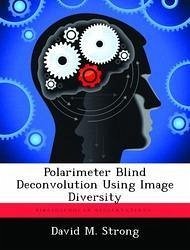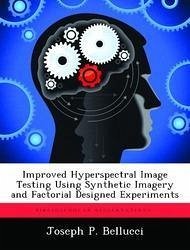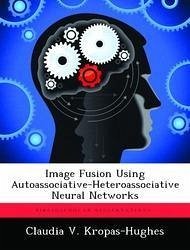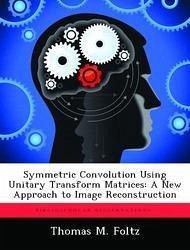Nicht lieferbar

Polarimeter Blind Deconvolution Using Image Diversity
Versandkostenfrei!
Nicht lieferbar
This research presents an algorithm that improves the ability to view objects using an electro-optical imaging system withat least one polarization sensitive channel in addition tothe primary channel. An innovative algorithm for detection and estimation of the defocus aberration present in an image is also developed. Using a known defocus aberration, an iterative polarimeter deconvolution algorithm is developed using a generalized expectation-maximization (GEM) model. The polarimeter deconvolution algorithm is extended to an iterative polarimeter multiframe blind deconvolution (PMFBD) algorith...
This research presents an algorithm that improves the ability to view objects using an electro-optical imaging system withat least one polarization sensitive channel in addition tothe primary channel. An innovative algorithm for detection and estimation of the defocus aberration present in an image is also developed. Using a known defocus aberration, an iterative polarimeter deconvolution algorithm is developed using a generalized expectation-maximization (GEM) model. The polarimeter deconvolution algorithm is extended to an iterative polarimeter multiframe blind deconvolution (PMFBD) algorithm with an unknown aberration. Using both simulated and laboratory images, the results of the new PMFBD algorithm clearly outperforms an RL-based MFBD algorithm. The convergence rate is significantly faster with better fidelity of reproduction of the targets. Clearly, leveraging polarization data in electro-optical imaging systems has the potential to significantly improve the ability to resolve objectsand, thus, improve Space Situation Awareness. This work has been selected by scholars as being culturally important, and is part of the knowledge base of civilization as we know it. This work was reproduced from the original artifact, and remains as true to the original work as possible. Therefore, you will see the original copyright references, library stamps (as most of these works have been housed in our most important libraries around the world), and other notations in the work. This work is in the public domain in the United States of America, and possibly other nations. Within the United States, you may freely copy and distribute this work, as no entity (individual or corporate) has a copyright on the body of the work. As a reproduction of a historical artifact, this work may contain missing or blurred pages, poor pictures, errant marks, etc. Scholars believe, and we concur, that this work is important enough to be preserved, reproduced, and made generally available to the public. We appreciate your support of the preservation process, and thank you for being an important part of keeping this knowledge alive and relevant.










